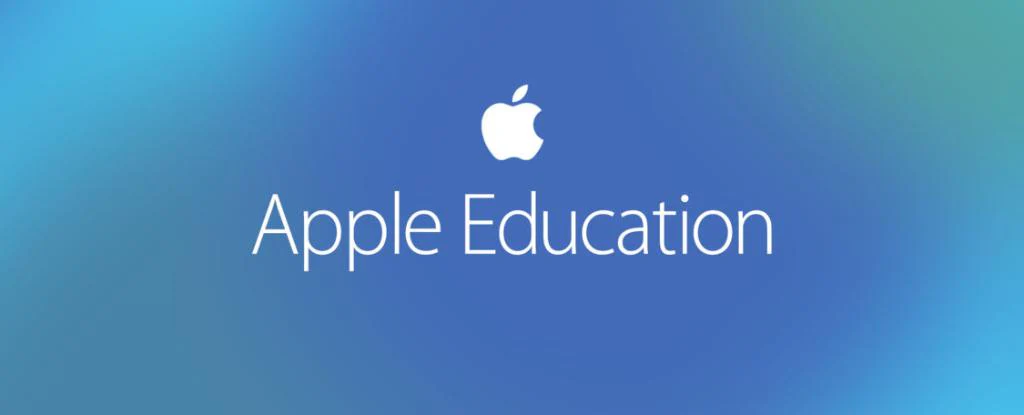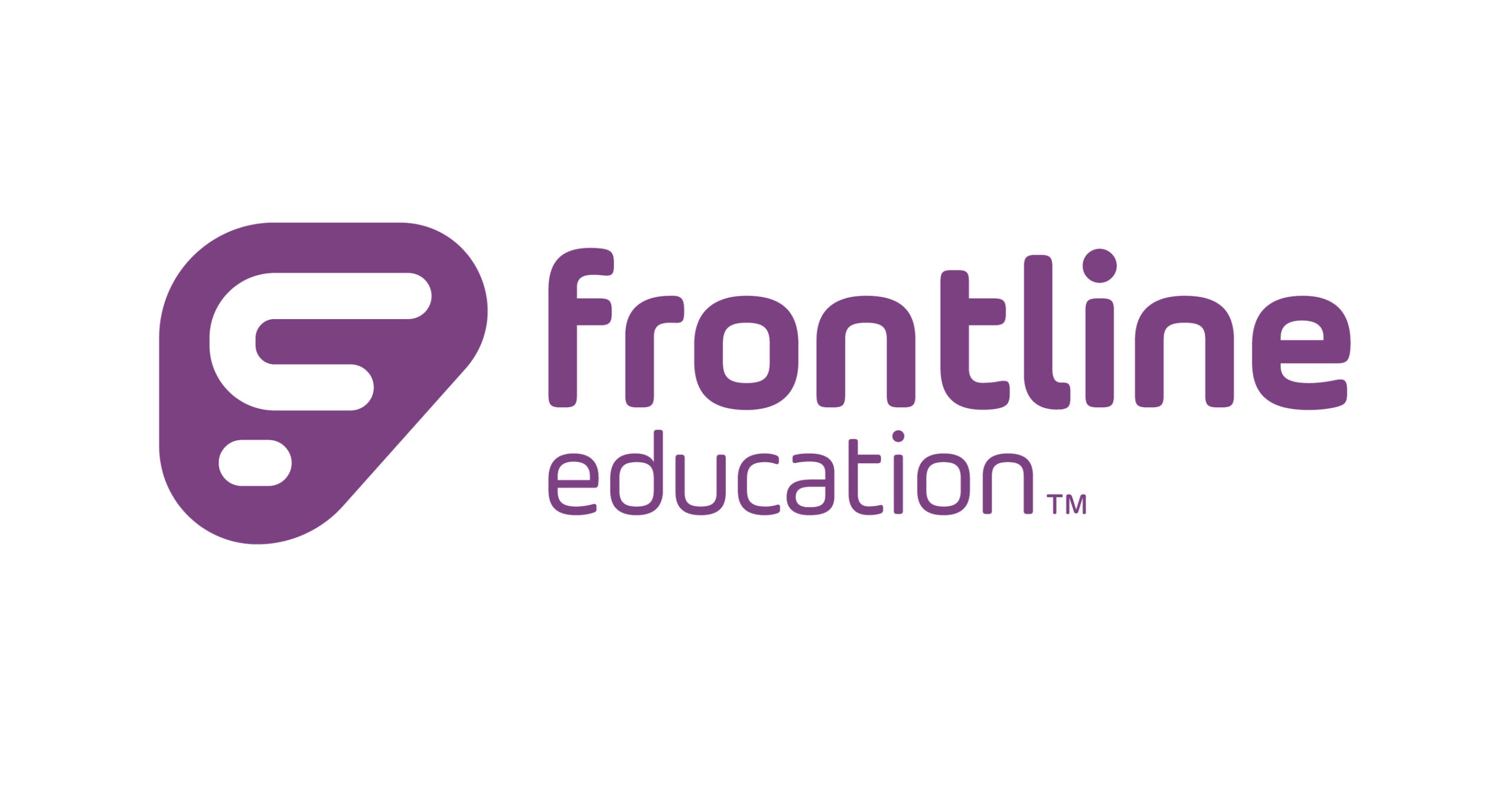Apple Education

Transforming Learning with Technology
Apple has long been a pioneer in integrating technology into education, creating products, platforms, and services that enhance the way students learn and educators teach. With devices like the iPad and MacBook, as well as software like Apple School Manager, iWork, and the Classroom app, Apple has built a comprehensive ecosystem designed specifically for schools, colleges, and universities. This article delves into the features and benefits of Apple Education, and why it’s becoming an essential tool for modern learning environments.
What is Apple Education?
Apple Education refers to the suite of hardware, software, and services offered by Apple to facilitate learning and teaching in academic environments. From providing easy-to-use devices to developing innovative educational apps, Apple aims to make the classroom experience more interactive, personalized, and efficient. It also offers a range of educational discounts and programs, making its products accessible to students and teachers alike.
The Apple Education ecosystem is designed to support a wide range of subjects and learning styles, encouraging creativity, collaboration, and critical thinking. Whether students are using iPads for interactive lessons or teachers are creating dynamic presentations on a MacBook, Apple Education enhances both the teaching and learning experience.
Key Features of Apple Education
- iPad in Education The iPad is central to Apple’s vision for education. It is a versatile device that allows students to read, write, draw, and even code. With its lightweight design, long battery life, and intuitive interface, the iPad is perfect for classrooms, allowing students to easily carry their learning materials wherever they go. The availability of the Apple Pencil also adds a creative dimension, enabling students to sketch, take handwritten notes, or annotate documents directly on the screen.
- Apple School Manager Apple School Manager is a cloud-based platform that simplifies device management for educational institutions. It allows IT administrators to set up and deploy devices like iPads and MacBooks across the school, ensuring that each device is configured with the necessary apps and settings. This service also helps in managing user accounts, keeping students’ data safe, and organizing courses and content distribution. It integrates seamlessly with learning management systems (LMS), making it easy for teachers to assign tasks, track progress, and provide feedback.
- Classroom App The Classroom app helps teachers manage their classrooms effectively by turning their iPad or Mac into a teaching assistant. It allows educators to view and control students’ devices during a lesson, ensuring everyone stays on task. Teachers can launch specific apps or websites on students’ screens, lock them into a particular app, or even share work on a central display. This real-time control helps keep lessons focused and eliminates distractions.
- Apple Pencil The Apple Pencil enhances creativity and precision for students, particularly in subjects like art and design. It also allows for seamless note-taking, document editing, and even mathematical problem-solving. The stylus works fluidly with educational apps, helping students visualize complex problems or concepts through drawing, writing, and annotations.
- iWork Suite Apple’s iWork suite, which includes Pages, Numbers, and Keynote, is a powerful set of tools for students and teachers. Pages allows for document creation, Numbers for data and spreadsheets, and Keynote for presentations. These apps are designed to be collaborative, with the ability to share documents in real-time. Students can work together on projects, and teachers can provide feedback instantly, making learning more interactive and efficient.
- Coding with Swift Apple’s commitment to promoting coding in education is highlighted through its Swift Playgrounds app, which helps students learn coding concepts in an engaging and fun way. Swift is Apple’s programming language, and Swift Playgrounds introduces it to students through interactive puzzles and games. This tool is great for fostering problem-solving skills and preparing students for future careers in technology.
- iTunes U iTunes U was Apple’s platform for educational content, allowing institutions to upload lectures, course materials, and assignments. While Apple has shifted focus away from iTunes U in recent years, many institutions still use the platform for content distribution. The materials range from elementary school lessons to university-level courses, making it a valuable resource for self-guided learning.
Benefits of Apple Education
- Enhanced Engagement Apple Education tools are designed to make learning interactive and immersive. With the ability to use apps, multimedia, and the internet, students are more engaged with the material than they would be with traditional textbooks and lectures. Teachers can create dynamic lessons using tools like Keynote, showing animations or interactive elements that make learning more exciting.
- Personalized Learning One of the core strengths of Apple’s education platform is its adaptability to different learning styles. Whether a student is a visual learner who benefits from video tutorials, or a hands-on learner who thrives with coding activities in Swift Playgrounds, Apple provides the tools to cater to each individual’s needs. This personalization helps in addressing students’ unique learning paces and preferences, making education more inclusive.
- Collaboration Apple devices and apps encourage collaboration between students and teachers. Using the iWork suite or cloud services like iCloud, students can work together on group projects in real-time, whether they’re sitting in the same room or across the globe. This kind of collaboration fosters teamwork, communication, and shared problem-solving skills, all of which are critical for future careers.
- Creative Expression Apple emphasizes creativity in learning. With tools like the Apple Pencil, iMovie for video editing, and GarageBand for music creation, students have endless opportunities to express themselves creatively. This is especially important in subjects like art, music, and design, where creativity and innovation play a crucial role.
- Skill Development for the Future By incorporating coding, multimedia design, and technology into everyday learning, Apple Education prepares students for the workforce of the future. Students not only learn subject-specific content but also gain proficiency in digital tools, problem-solving, critical thinking, and collaboration—skills that are highly valued in today’s job market.
- Accessibility Apple has built numerous accessibility features into its devices, ensuring that students of all abilities can benefit from its technology. Features like VoiceOver (a screen reader), Magnifier, closed captions, and AssistiveTouch allow students with disabilities to navigate and engage with digital content. These tools make Apple Education inclusive, ensuring that no student is left behind.
- Security and Privacy With increasing concerns about data privacy in education, Apple places a strong emphasis on security. Apple’s products are built with privacy in mind, ensuring that student data is secure and not shared with third parties without explicit permission. Apple School Manager provides secure ways to manage devices and data, protecting student information from breaches.
Challenges and Considerations
- Cost While Apple’s educational tools are highly effective, the cost of devices like iPads and MacBooks can be prohibitive for some schools, especially those with limited budgets. Although Apple offers educational discounts, the price of purchasing and maintaining a fleet of devices can add up. Some schools opt for shared devices or funding programs to make Apple Education more accessible.
- Learning Curve for Educators Not all teachers may be familiar with Apple’s ecosystem, especially those who have traditionally used other platforms. While Apple provides training and resources, there can be an initial learning curve for educators who are new to the technology. Professional development is key to ensuring teachers can take full advantage of Apple’s educational tools.
- Dependence on Technology As with any digital platform, there is the risk of over-reliance on technology. Schools need to strike a balance between traditional teaching methods and digital tools. Additionally, technical issues like device malfunctions or internet outages can disrupt learning if schools are heavily dependent on Apple devices.
Conclusion
Apple Education is a game-changer for the modern classroom, blending innovative technology with powerful tools for creativity, collaboration, and personalized learning. Its extensive ecosystem, from the iPad and MacBook to apps like Swift Playgrounds and the iWork suite, empowers both students and teachers to learn and teach in ways that are interactive, engaging, and future-focused. While there are challenges like cost and a learning curve for educators, the benefits of enhancing engagement, promoting skill development, and ensuring accessibility make Apple Education a valuable resource for schools looking to bring 21st-century learning to their classrooms.


